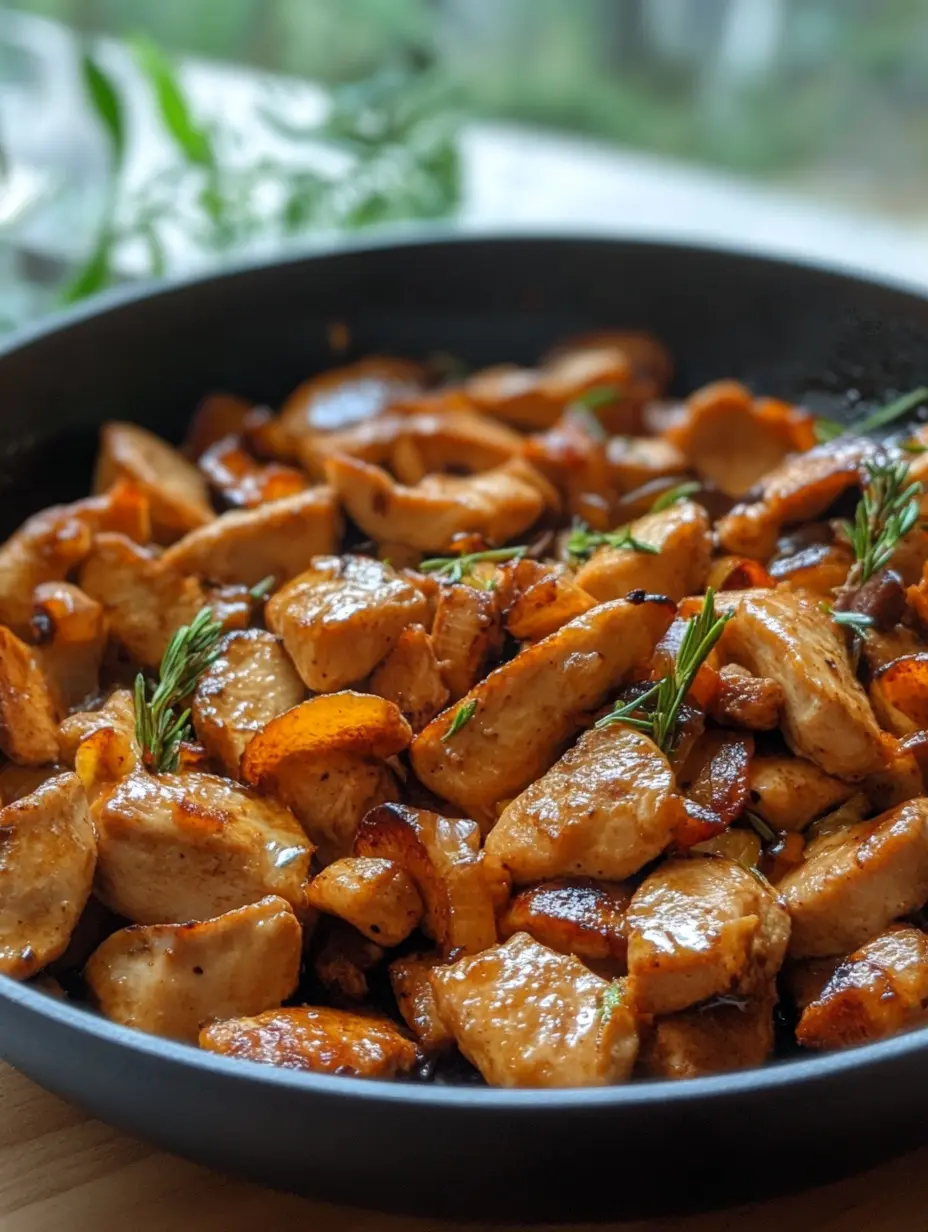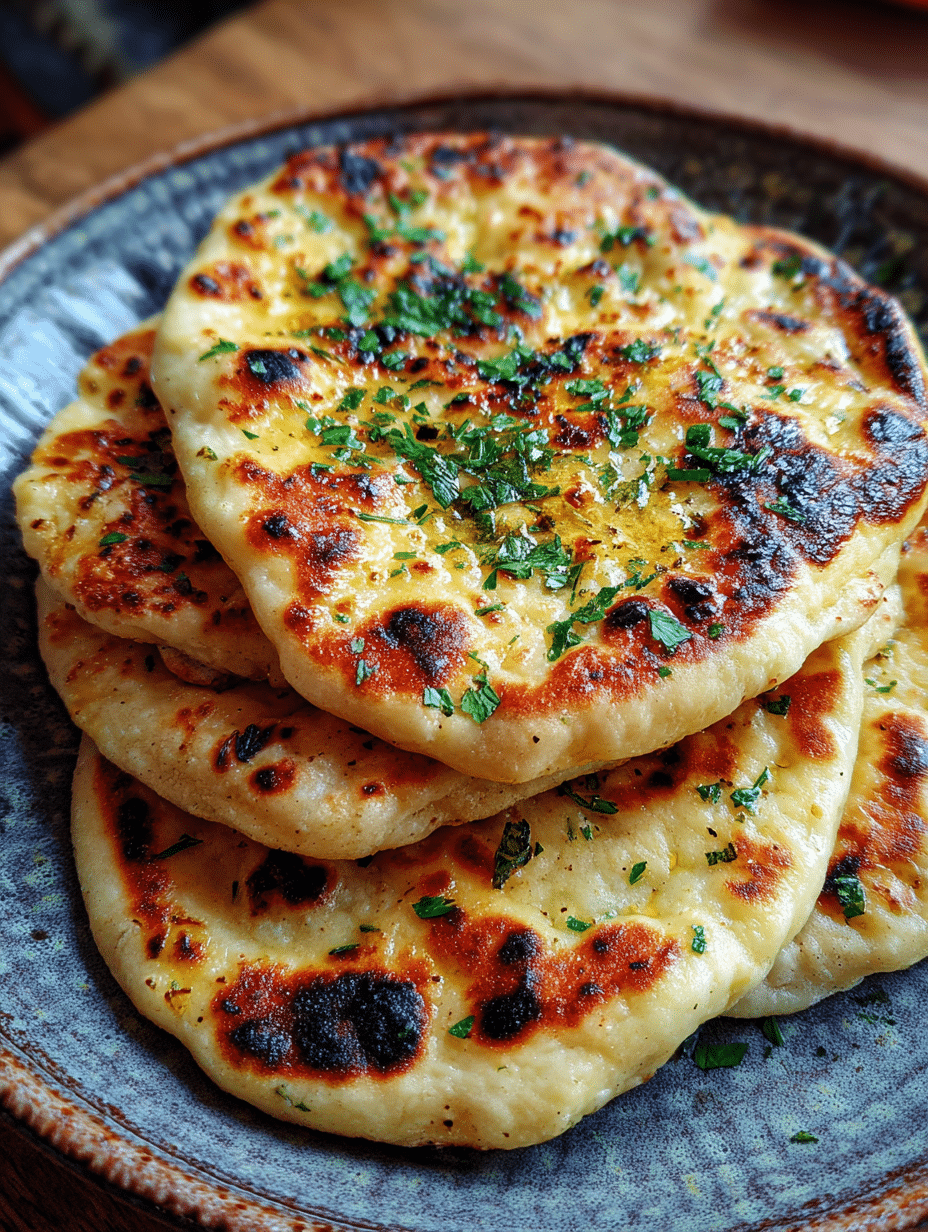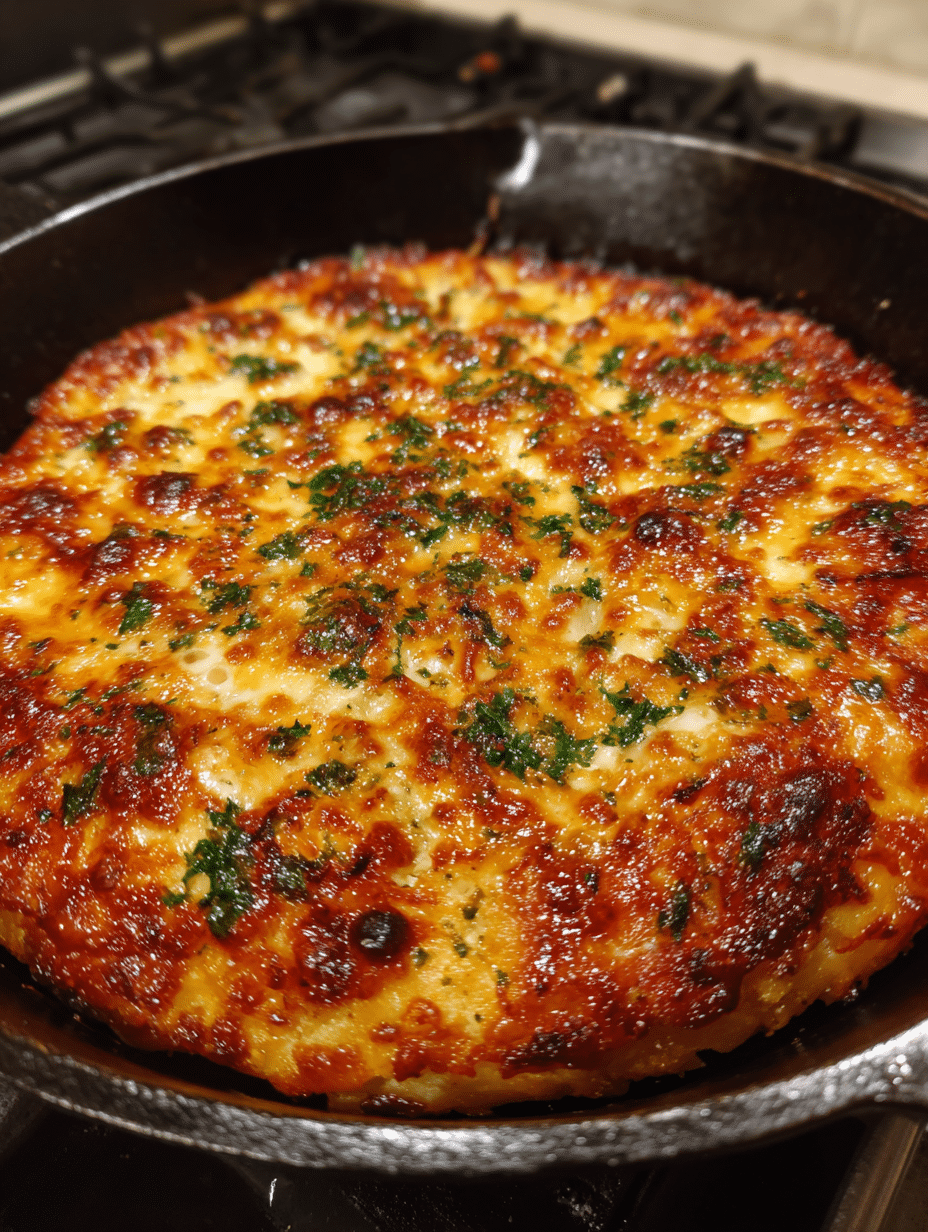Buckwheat flour isn’t actually wheat—it’s a seed from a flowering plant, naturally gluten-free, nutty in flavor, and surprisingly flexible in the kitchen. In this article, we’ll explore the best ways to use buckwheat flour, its nutritional profile, and a fluffy pancake recipe that just might become your weekend favorite. Whether you’re baking muffins, flipping pancakes, or experimenting with gluten-free swaps, buckwheat flour brings earthiness, depth, and a dose of nourishment to every bite.
Table of Contents
Table of Contents
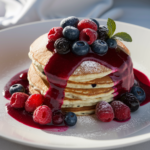
Buckwheat Flour Recipes: Delicious and Nutritious
- Total Time: 30 mins
- Yield: 10 pancakes 1x
- Diet: Vegetarian
Description
These fluffy buckwheat pancakes are light, tender, and naturally wholesome. With a nutty flavor and subtle sweetness, they’re perfect for slow mornings.
Ingredients
1 cup (120g) buckwheat flour
1/2 cup (65g) all-purpose or GF flour
1 1/4 cups (295ml) milk (dairy or non-dairy)
2 tbsp lemon juice or white vinegar
4 tbsp (56g) unsalted butter, melted (plus more for skillet)
1 tbsp sugar
3/4 tsp baking soda
1/2 tsp sea salt
1 large egg
1 tsp vanilla extract
Instructions
1. Combine milk and lemon juice in a bowl. Let sit 5 minutes.
2. Whisk flours, sugar, baking soda, and salt in a large bowl.
3. Whisk egg and vanilla into the milk mixture.
4. Pour milk mixture and melted butter into the dry ingredients.
5. Stir until just combined; some lumps are okay.
6. Heat skillet over medium and brush with butter.
7. Spoon 1/4 cup batter per pancake into skillet.
8. Cook until bubbles form and edges dry (about 2 minutes).
9. Flip and cook 1–2 more minutes until golden.
10. Serve hot with butter and maple syrup.
Notes
Batter thickens as it sits. Add a splash of milk to thin if needed.
Freeze pancakes in layers with parchment paper between each.
Use a flax egg for a vegan version and plant-based milk/butter.
Substitute 100% buckwheat flour for a denser, heartier result.
- Prep Time: 10 mins
- Cook Time: 20 mins
- Category: Breakfast
- Method: Stovetop
- Cuisine: American
Nutrition
- Serving Size: 1 pancake
- Calories: 135
- Sugar: 3.2g
- Sodium: 233mg
- Fat: 6.5g
- Saturated Fat: 3.7g
- Unsaturated Fat: 2.5g
- Trans Fat: 0g
- Carbohydrates: 16g
- Fiber: 1.4g
- Protein: 3.8g
- Cholesterol: 33.9mg
Keywords: buckwheat flour recipes, gluten-free pancakes, fluffy pancakes
The Story & Intro to Buckwheat Flour Recipes
A Pancake Memory That Changed My Baking
The first time I made pancakes with buckwheat flour, it was a total accident. I had run out of all-purpose flour and remembered an unopened bag of buckwheat flour tucked in my freezer. I hesitated, unsure how it would behave. But curiosity won.
That Sunday morning, something wonderful happened. The pancakes were darker than usual—warm grey-brown with golden edges—and had an earthy aroma that reminded me of toasted nuts. The texture was tender but hearty, with just the right amount of chew. I served them hot with maple syrup and a knob of butter, and even my husband, a self-proclaimed pancake traditionalist, was impressed.
Since that day, buckwheat has earned a permanent place in my pantry. It brings a grounding, wholesome note to breakfasts and baked goods alike. These days, I often rotate between oatmeal banana pancakes and buckwheat versions, depending on my mood.
What I love most is how well it pairs with familiar flavors—vanilla, cinnamon, maple, berries. It makes weekday breakfasts feel like something special, even when all I have time for is a stack of reheated pancakes from the freezer.
What Makes Buckwheat Flour Special?
Buckwheat flour has an unmistakable flavor—nutty, slightly bitter, deeply comforting. It’s naturally gluten-free, making it perfect for people avoiding wheat. But even if you’re not gluten-free, buckwheat flour deserves your attention. It’s high in fiber, packed with antioxidants like rutin, and rich in plant-based protein.
This flour works wonders in recipes where bold, rustic flavors shine. Think crepes, muffins, hearty breads, and of course, pancakes. It’s also incredibly forgiving, absorbing moisture well and holding structure in both sweet and savory recipes.
For everyday cooks, buckwheat flour can feel unfamiliar at first. But just like swapping in sourdough discard in your coffee cake or using almond flour in granola bars, the trick is to understand what it brings to a dish—and how to balance it with other ingredients.
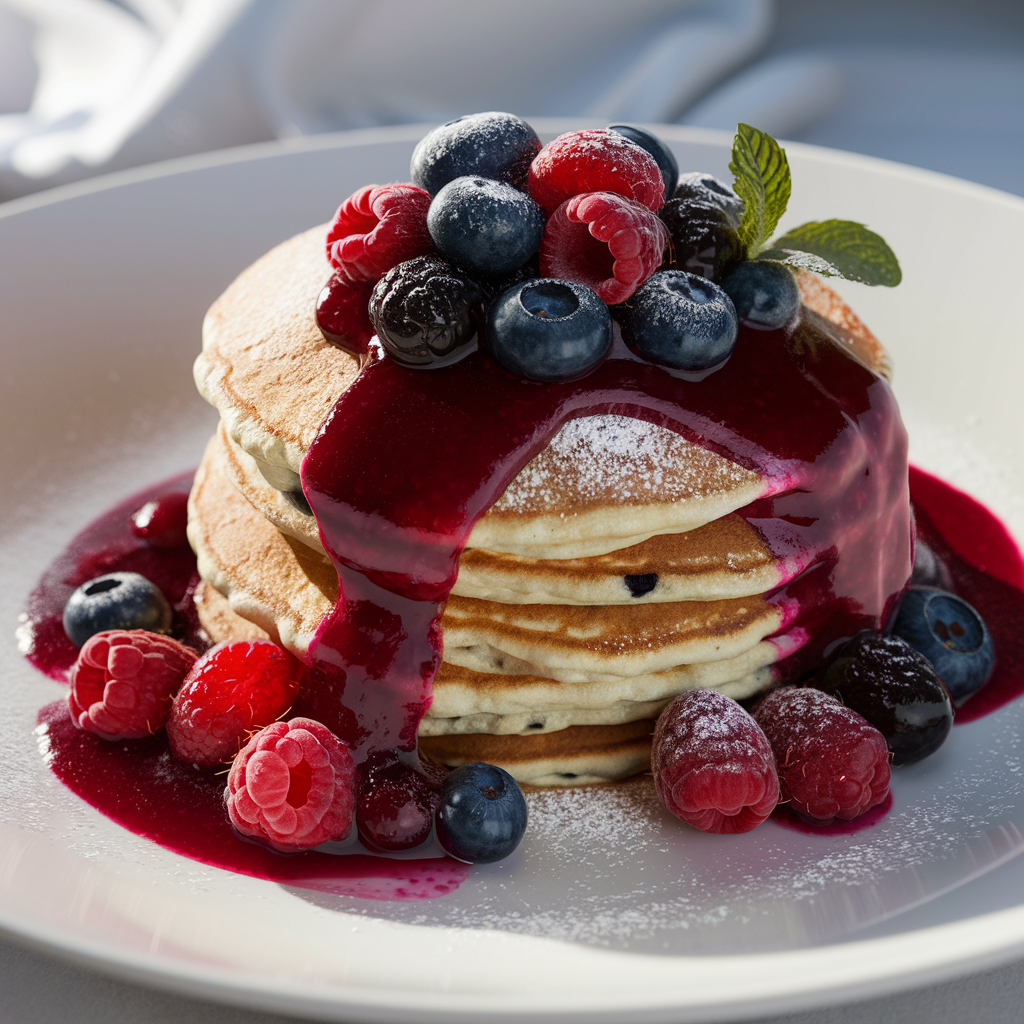
Best Ways to Use Buckwheat Flour in Recipes
From Breakfast to Dinner: Versatility in the Kitchen
When most people think of buckwheat flour, pancakes probably come to mind first—and for good reason. It’s the foundation of some of the fluffiest, nuttiest stacks around. But don’t stop there. Buckwheat flour is shockingly versatile. You can use it in muffins, waffles, cookies, quick breads, crepes, and even savory flatbreads or dumpling wrappers.
For breakfast, it’s a champion. Combine it with other flours for protein-packed waffles or make it the star in nutrient-dense muffins. Try swapping a third of the flour in your favorite banana muffin or breakfast bar recipe for buckwheat—you’ll notice a richer flavor and a pleasant, hearty crumb. This trick works beautifully in homemade granola bars too, especially with a hint of cinnamon or honey.
At lunch or dinner, it can be turned into flatbreads, crackers, or savory fritters. Add spices like cumin or rosemary and use them as a base for dips or soups. Buckwheat also shines in crepes—those thin, lacy, French-style pancakes that make an excellent vessel for eggs, cheese, or roasted veggies.
Even sweeter recipes like sourdough discard pretzel bites benefit from a touch of buckwheat. It deepens flavor and helps create that chewy, golden crust.
Combining Flours for Better Texture
If you’ve ever baked with 100% buckwheat flour and ended up with dense, dry results—you’re not alone. On its own, buckwheat can be a little heavy. That’s why blending is your friend.
For fluffier textures in baked goods, combine buckwheat flour with all-purpose flour or a gluten-free flour blend. A 2:1 ratio (2 parts buckwheat, 1 part AP) works well for pancakes and waffles. If you’re going for something light and airy, like a fluffy pancake stack, even a 50:50 blend will keep things tender.
The bonus? Mixing flours lets you control the flavor too. Buckwheat adds depth, but AP flour smooths out the boldness, especially for picky eaters or kids who aren’t yet sold on its earthy tone.
This approach also works wonders in gluten-free recipes. Swap in your favorite GF blend with buckwheat for baked goods that feel hearty but never heavy. It’s exactly how I develop balanced recipes like my jalapeño popper bites, where the texture matters just as much as flavor.
Fluffy Buckwheat Pancakes Recipe (with Tips)
The Perfect Buckwheat Pancake Method
These buckwheat pancakes are everything you want on a lazy weekend morning—fluffy, nutty, and subtly sweet with a hint of vanilla. I tested this recipe to strike the perfect balance between hearty and tender, and it all comes down to the flour blend and the right technique.
Start by combining milk and lemon juice to create a faux buttermilk. Letting it sit thickens the mixture and gives your pancakes that classic rise. Meanwhile, whisk together 1 cup buckwheat flour and ½ cup all-purpose (or GF blend), sugar, baking soda, and salt. In a separate bowl, mix your egg and vanilla into the buttermilk mixture.
Now comes the key: gently stirring everything together until just combined. Don’t overmix—some lumps are fine. The batter should be pourable but thick. If it sits too long and thickens, thin it with a splash of milk.
Heat a skillet over medium and brush it with melted butter. Pour ¼ cup of batter per pancake and let it cook until bubbles form on top and the edges begin to dry. Flip and finish cooking until the centers are cooked through—about 2 minutes per side.
Serve hot with butter, maple syrup, and fruit. These pancakes pair beautifully with roasted peaches, warm blueberries, or a swirl of nut butter. Or try something more indulgent like a topping inspired by cinnamon roll pancakes.
Customizing for Every Diet (Vegan, GF, Dairy-Free)
This recipe is forgiving and adaptable. To make it gluten-free, simply replace the all-purpose flour with a GF baking blend. For dairy-free, use almond or oat milk and plant-based butter. If you’re going vegan, swap in a flax egg (1 tbsp flaxseed meal + 3 tbsp water) and go with non-dairy milk and butter.
Want to meal prep? These pancakes keep beautifully. Store in the fridge up to 5 days or freeze for up to 2 months. To reheat, use the microwave (20 seconds per pancake) or oven at 350°F for about 10 minutes.
For busy mornings, I love pairing leftover pancakes with avocado toast and a poached egg—it’s a surprisingly satisfying sweet-and-savory combo.
Nutritional Pros and Cons of Buckwheat Flour
Is Buckwheat Flour Healthy?
Absolutely. Buckwheat flour may be one of the most underrated ingredients in your pantry. It’s rich in fiber, magnesium, and plant-based protein—all of which support heart health, digestion, and sustained energy. A standout compound is rutin, a powerful antioxidant shown to reduce inflammation and improve blood vessel function.
Unlike many gluten-free flours, buckwheat has a low to moderate glycemic index, meaning it doesn’t spike blood sugar quickly. This makes it a great option for people managing insulin resistance or diabetes. When combined with protein and fat—like in a stack of buckwheat pancakes topped with nut butter—it can help keep blood sugar stable throughout the morning.
Even one pancake from our recipe gives you 1.4g of fiber and nearly 4g of protein, making it a more satisfying choice than traditional white flour alternatives. It’s why I reach for buckwheat in everything from hearty breakfast bakes to nutritious snacks like these granola bars.
And let’s not forget: it’s naturally gluten-free and completely safe for people with celiac disease or gluten sensitivity—as long as it hasn’t been cross-contaminated during processing.
Potential Drawbacks and Considerations
Buckwheat flour isn’t perfect for every recipe. It has a strong, earthy flavor that doesn’t always suit delicate cakes or pastries. That’s where blending becomes essential—it lightens the final texture and smooths the bold flavor.
Also, because buckwheat flour absorbs more moisture than traditional flours, it can make batters thick or baked goods overly dense. If you’re substituting it for all-purpose flour in your favorite muffin or pancake recipe, start with a partial replacement—about 25–50%—and adjust liquids as needed.
In terms of baking chemistry, buckwheat lacks gluten, which means it doesn’t rise the same way in yeasted breads. But that doesn’t mean you can’t use it in baked treats. It thrives in quick breads, muffins, and pancakes—especially when combined with something like sourdough discard, which adds both lift and tang, as you’ll find in sourdough coffee cake.
FAQs About Buckwheat Flour Recipes
FAQS
What is the best use of buckwheat flour?
Buckwheat flour shines in recipes like pancakes, crepes, muffins, and quick breads. It adds a nutty, earthy flavor that pairs well with vanilla, cinnamon, and maple. One of its best uses is in fluffy pancakes, especially when blended with all-purpose or gluten-free flour. It’s also fantastic for hearty breakfast dishes like oatmeal banana pancakes or granola bars.
What are the pros and cons of buckwheat flour?
Pros include its high fiber and protein content, antioxidant power (thanks to rutin), and its naturally gluten-free status. It’s great for blood sugar control and adds depth to baked goods. The cons? It has a bold flavor that some find too strong and can produce dense results if used alone. Blending it with lighter flours helps balance its texture and taste.
Can I use buckwheat flour in place of all-purpose flour?
Yes, but not as a 1:1 substitute in every recipe. For most baked goods, start by replacing 25–50% of the all-purpose flour with buckwheat. This preserves structure and improves moisture. Full substitutions work better in pancakes, quick breads, or flatbreads. For delicate baked items, use a mix of buckwheat and a gluten-free flour blend for better results.
Does buckwheat flour spike blood sugar?
No, buckwheat flour has a low to moderate glycemic index. It digests slowly, making it a good option for people managing blood sugar. When paired with fats or proteins—like nut butter, eggs, or yogurt—it helps maintain stable energy levels. That’s why it’s a favorite for hearty breakfasts and wholesome snacks like avocado toast with eggs.
Conclusion: Buckwheat Flour Recipes That Nourish and Satisfy
Buckwheat flour is more than just a gluten-free substitute—it’s a flavor-forward, fiber-rich ingredient that deserves a regular spot in your kitchen. Whether you’re whipping up a weekend pancake stack, experimenting with muffins, or looking for something more nutrient-dense, buckwheat flour brings bold flavor and real nourishment to your table.
Its versatility and health benefits make it a smart swap in everything from fluffy pancakes to savory flatbreads and hearty snacks. The key is blending wisely, balancing moisture, and letting its rustic, nutty taste enhance your favorite dishes.
So the next time you’re planning breakfast—or stocking your pantry—reach for buckwheat flour. You might just start a new favorite recipe tradition. more recipes follow me: facebook – Pinterest.


